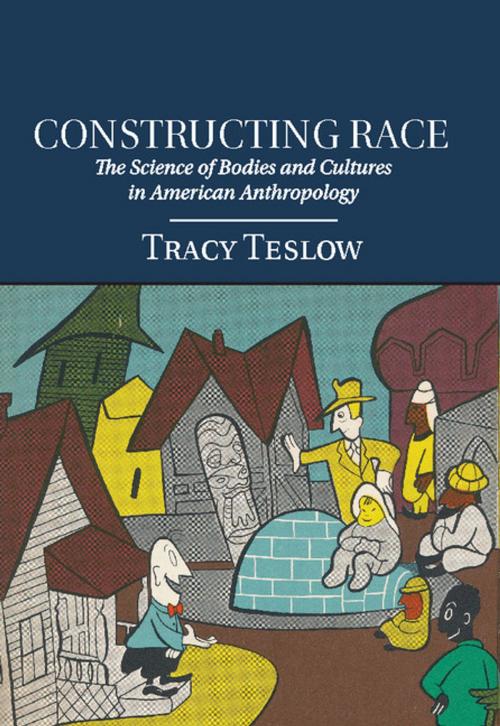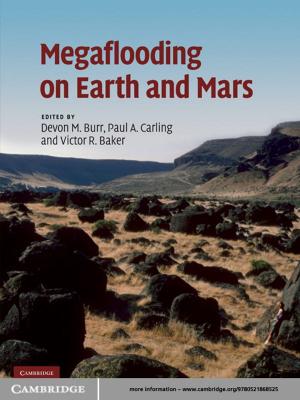Constructing Race
The Science of Bodies and Cultures in American Anthropology
Nonfiction, History, Americas, United States, 20th Century, Science & Nature, Science| Author: | Professor Tracy Teslow | ISBN: | 9781139949064 |
| Publisher: | Cambridge University Press | Publication: | July 21, 2014 |
| Imprint: | Cambridge University Press | Language: | English |
| Author: | Professor Tracy Teslow |
| ISBN: | 9781139949064 |
| Publisher: | Cambridge University Press |
| Publication: | July 21, 2014 |
| Imprint: | Cambridge University Press |
| Language: | English |
Constructing Race helps unravel the complicated and intertwined history of race and science in America. Tracy Teslow explores how physical anthropologists in the twentieth century struggled to understand the complexity of human physical and cultural variation, and how their theories were disseminated to the public through art, museum exhibitions, books, and pamphlets. In their attempts to explain the history and nature of human peoples, anthropologists persistently saw both race and culture as critical components. This is at odds with a broadly accepted account that suggests racial science was fully rejected by scientists and the public following World War II. This book offers a corrective, showing that both race and culture informed how anthropologists and the public understood human variation from 1900 through the decades following the war. The book offers new insights into the work of Franz Boas, Ruth Benedict, and Ashley Montagu, as well as less well-known figures, including Harry Shapiro, Gene Weltfish, and Henry Field.
Constructing Race helps unravel the complicated and intertwined history of race and science in America. Tracy Teslow explores how physical anthropologists in the twentieth century struggled to understand the complexity of human physical and cultural variation, and how their theories were disseminated to the public through art, museum exhibitions, books, and pamphlets. In their attempts to explain the history and nature of human peoples, anthropologists persistently saw both race and culture as critical components. This is at odds with a broadly accepted account that suggests racial science was fully rejected by scientists and the public following World War II. This book offers a corrective, showing that both race and culture informed how anthropologists and the public understood human variation from 1900 through the decades following the war. The book offers new insights into the work of Franz Boas, Ruth Benedict, and Ashley Montagu, as well as less well-known figures, including Harry Shapiro, Gene Weltfish, and Henry Field.















